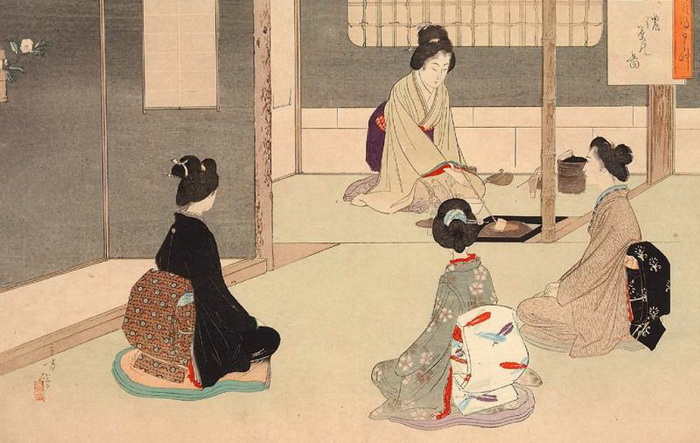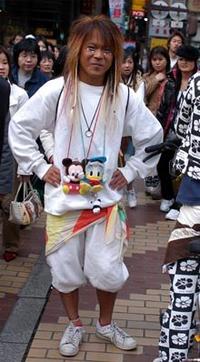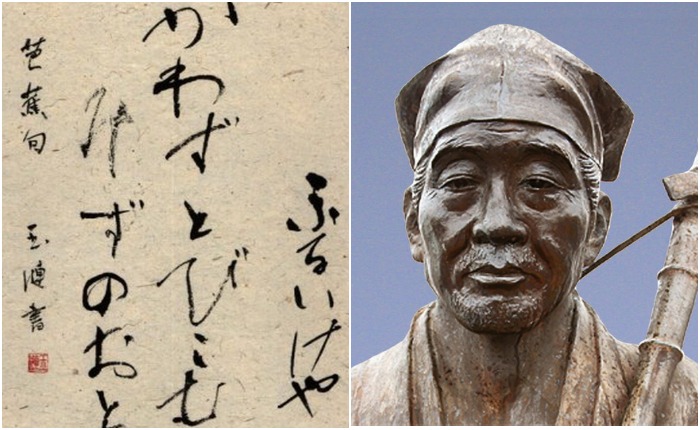found himself
Christians versus Samurai: What caused the bloodiest rebellion in Japanese history
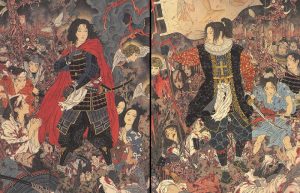 Japan is traditionally associated with two religions – Shintoism and Buddhism. But in fact, Christianity has existed in it for several centuries. True, the relations between Japan and Christianity are very complex, and probably the peak of complexity was the events known as the Shimabar rebellion – after which the Shinto Christians were represented by bloody rebels, and the Christians bill the Shinto for their brutally tortured co-religionists.
Japan is traditionally associated with two religions – Shintoism and Buddhism. But in fact, Christianity has existed in it for several centuries. True, the relations between Japan and Christianity are very complex, and probably the peak of complexity was the events known as the Shimabar rebellion – after which the Shinto Christians were represented by bloody rebels, and the Christians bill the Shinto for their brutally tortured co-religionists.
Coming to Deus on the Islands
Christianity arrived in Japan with the Portuguese. Until the sixteenth century, Japan lived for a long time almost in isolation from world processes (although, for example, the Mongols tried to conquer it – but Continue reading
Did Jesus really escape execution, get married and live in Japan: Museum in the village of Shingo
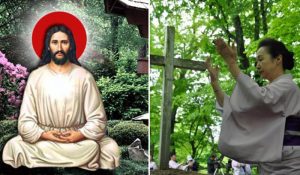 650 km north of Tokyo you can find the tiny village of Shingo, which locals consider the last refuge of Jesus Christ. Allegedly among the quiet hills of this place forgotten by God, the Christian prophet lived like an ordinary farmer, growing garlic. He had three daughters and lived in a Japanese village until 106 years old. All this, as well as many other interesting facts, is described in the local Museum of Jesus. Who knows, maybe today you can run into several of his descendants right on the street …
650 km north of Tokyo you can find the tiny village of Shingo, which locals consider the last refuge of Jesus Christ. Allegedly among the quiet hills of this place forgotten by God, the Christian prophet lived like an ordinary farmer, growing garlic. He had three daughters and lived in a Japanese village until 106 years old. All this, as well as many other interesting facts, is described in the local Museum of Jesus. Who knows, maybe today you can run into several of his descendants right on the street …
Shingo is located in Aomori Prefecture, and its population is about 2500 people. Near the alleged grave of Christ are other popular tourist attractions – a car race track, a stunning pyramid and the so-called “Big Rock”. However, tourists still travel to Shingo primarily to see the place where Jesus lived another Continue reading
did not leave Russia without an emperor
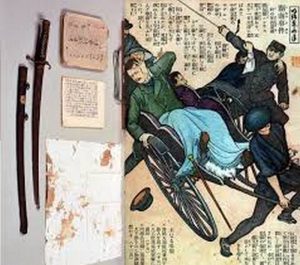 Satsumi rebellion shocked Japan. For almost 8 months of 1877, an untitled aristocracy led by the samurai Saigo Takamori occupied part of Kyushu Island. Anti-government sentiments were unusually strong in the 70s of the 19th century due to a number of reforms carried out by the authorities. One of the main causes of the uprising is the fall in the authority of the samurai. Warriors could not forgive such an insult. The abolition of pensions, the abolition of the samurai army itself (the nationwide appeared in its place), the ban on the carrying of weapons – all this, as well as other modernizations, were progressive solutions designed to put an end to archaism. But the samurai could not just take it and let them send themselves to the sidelines of history. Then came the unpopular land-tax reform, which caused violent fermentation among the peasantry. And Saigo Takamori decided that it was time to act.
Satsumi rebellion shocked Japan. For almost 8 months of 1877, an untitled aristocracy led by the samurai Saigo Takamori occupied part of Kyushu Island. Anti-government sentiments were unusually strong in the 70s of the 19th century due to a number of reforms carried out by the authorities. One of the main causes of the uprising is the fall in the authority of the samurai. Warriors could not forgive such an insult. The abolition of pensions, the abolition of the samurai army itself (the nationwide appeared in its place), the ban on the carrying of weapons – all this, as well as other modernizations, were progressive solutions designed to put an end to archaism. But the samurai could not just take it and let them send themselves to the sidelines of history. Then came the unpopular land-tax reform, which caused violent fermentation among the peasantry. And Saigo Takamori decided that it was time to act.
The uprising began. And although it lasted for almost 8 months, all this time the samurai suffered defeats. Power was stronger, and they could not do anything about it. The final point was set at the Battle Continue reading

